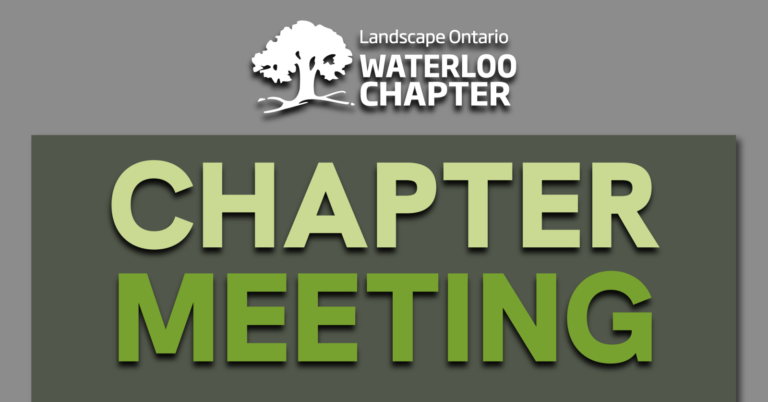Prosperity Partners Program Manager
 By the time you read this, the main income generation portion of 2017 is almost half over. Are your sales targets being met or exceeded? Are wages in line? Is labour burden on budget? Are the cost of materials being properly charged out? Is overhead being recovered? Are you asking staff to record or track data that you never look at?
By the time you read this, the main income generation portion of 2017 is almost half over. Are your sales targets being met or exceeded? Are wages in line? Is labour burden on budget? Are the cost of materials being properly charged out? Is overhead being recovered? Are you asking staff to record or track data that you never look at?
These are all important management questions you need the answers for NOW — not when the snow falls and it’s too late to adjust your pricing and work flow accordingly.
As ominous as it may seem, setting aside a couple of days mid-season to review and strategize is crucial to ensuring a solid finish to the season with as much money as possible in the bank.
I am sure it also goes against your intuition. We’ve become somewhat conditioned in this profession to run flat out during spring, summer and fall, then debrief our results in winter. For those in the snow business, the window of time to evaluate, strategize and set new budgets is even tighter.
Don’t let your business manage you
The bottom line is this: if you don’t manage your business, your business will manage you. To quote LO’s Prosperity Partners program teachings, “if you’re aiming at nothing, you will hit it with huge accuracy!” One of the main reasons why so many small businesses fail is the owners simply don’t know how or what to measure, or when. It’s really not that hard and I’m here to help demystify it for you.
So, if you’re not measuring your numbers, you should seriously plan to sign up for the Peer to Peer Network financial metrics workshop on Sept 28 and 29. For details, visit horttrades.com/p2p. In the meantime, here are five top metrics tips to get you started:
Monitoring wages as a percentage of sales
This can give you a quick indication of how much more (or less) productive your staff are compared to a previous year or period of time. This includes staff who work with customers and who are delivering your services to them. It includes the wages, labour burden, down time, etc. The total ‘front line‘ staff costs. Simply divide this total by your sales for the same period. Compare it to last year (Hint: office staff and owner or non-billable, managers are not included).
Sales targets
If you haven’t set targets by month and year (or by week), how will you know if you’re having a strong year, let alone the potential for profitable year? It’s crucial to know if you have enough sales to pay all of your bills and have profit left over. If you didn’t set a sales budget, you could start by comparing your sales to the same period last year, service division by service division.
Recovering labour burden
This is one area where most companies lose opportunity for profit as it can really sneak up on you. This metric includes how much time in a day you pay various staff for tasks, travel time, breaks, materials/inventory handling, etc. These are essentially wage costs for which you can’t bill your customers. Every time I sit and calculate this metric with business owners, they’re shocked. Add up the minutes of paid down time, convert to a decimal in hours, and divide into total average daily hours. This percentage should be added to your wage and labour burden costs to get a true cost of labour. From there, you’ll add overhead recovery and profit to arrive at your charge out rate.
Materials pricing
How do you handle a situation where you give a customer a price and before completing the sale, you have to source products from somewhere else more expensive? Do you know what type of products you sell (and possibly install) to make you more profit than others? Start paying attention to this. It will pay off at year end.
Recovering expenses
Also referred to as overhead recovery, this metric is about knowing what expenses your business has that will be fairly consistent for the year: rent, heat, hydro, phones, office staff, insurance, owner salary, management salaries, etc. Smaller companies often lump equipment, trucks, etc. in to this cost (also referred to as single overhead recovery).
The total of these expenses have to be included in your costs markup somewhere to ensure your business recovers costs in every price you set for your products and/or services.
As part of LO’s Prosperity Partners initiative, there are many resources available to help you initiate, tweak and improve your metrics and reviews. Drop me a line if you’re not sure what resources are best suited to help you become more profitable. I will help you find your way through the maze of available tools to realize improved profits.
Jacki Hart may be contacted at peertopeer@landscapeontario.com.






